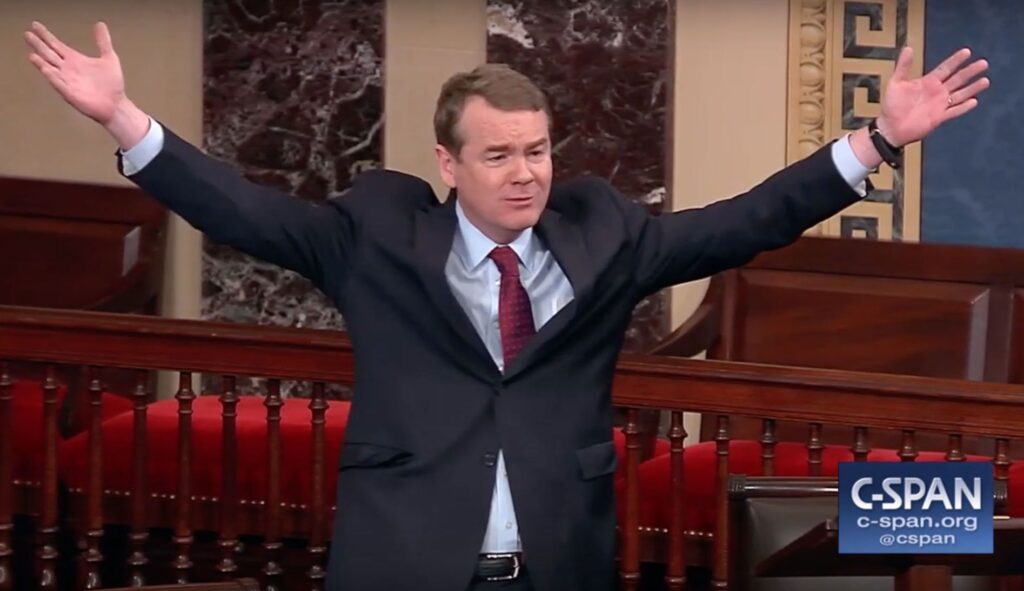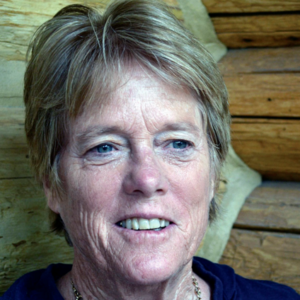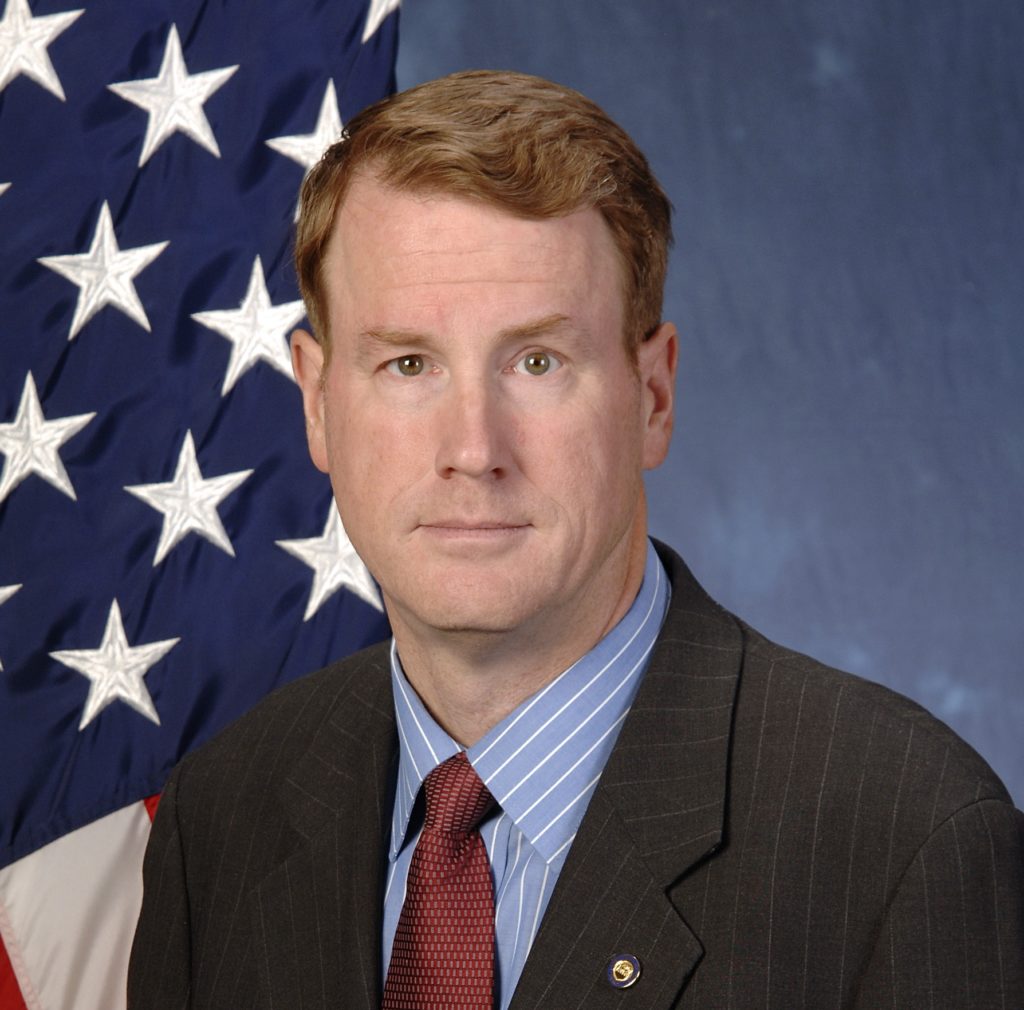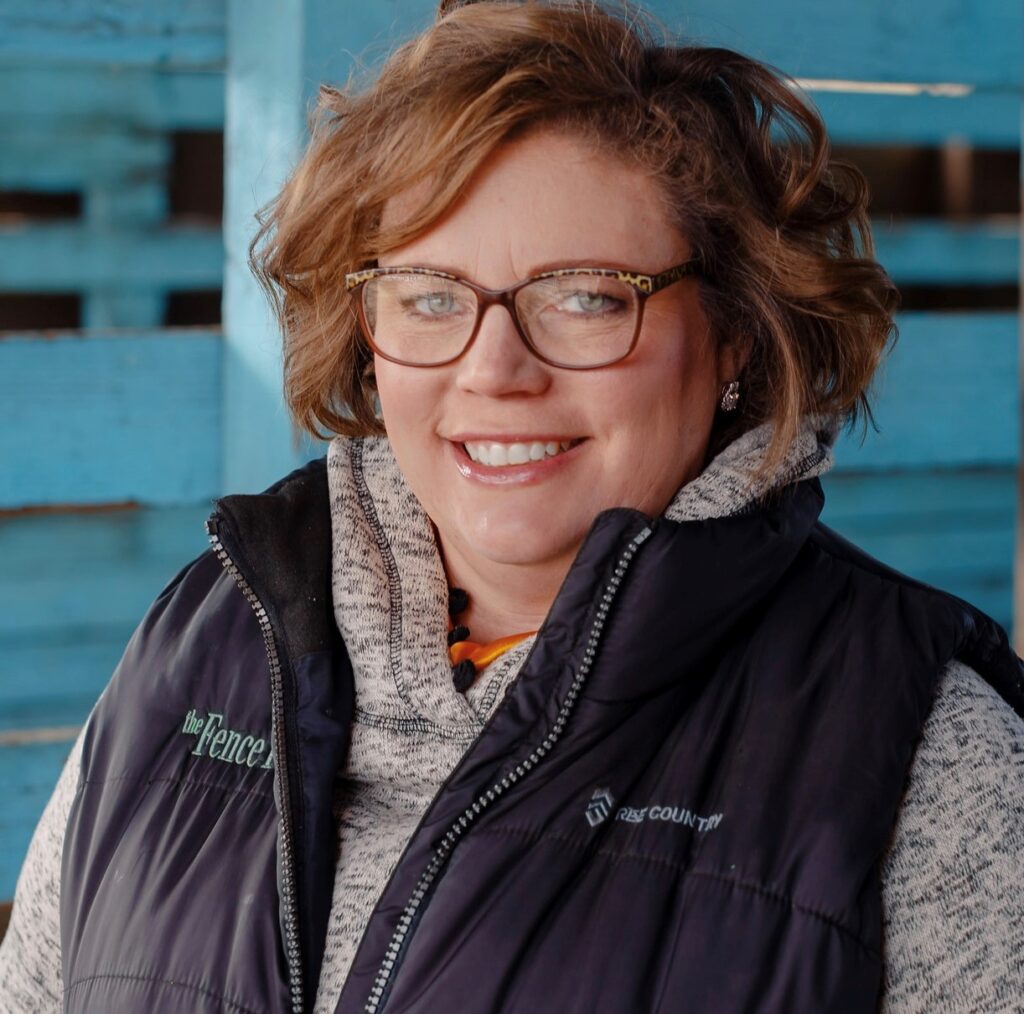Are we on our own to achieve ‘a better Colorado’? | NOONAN
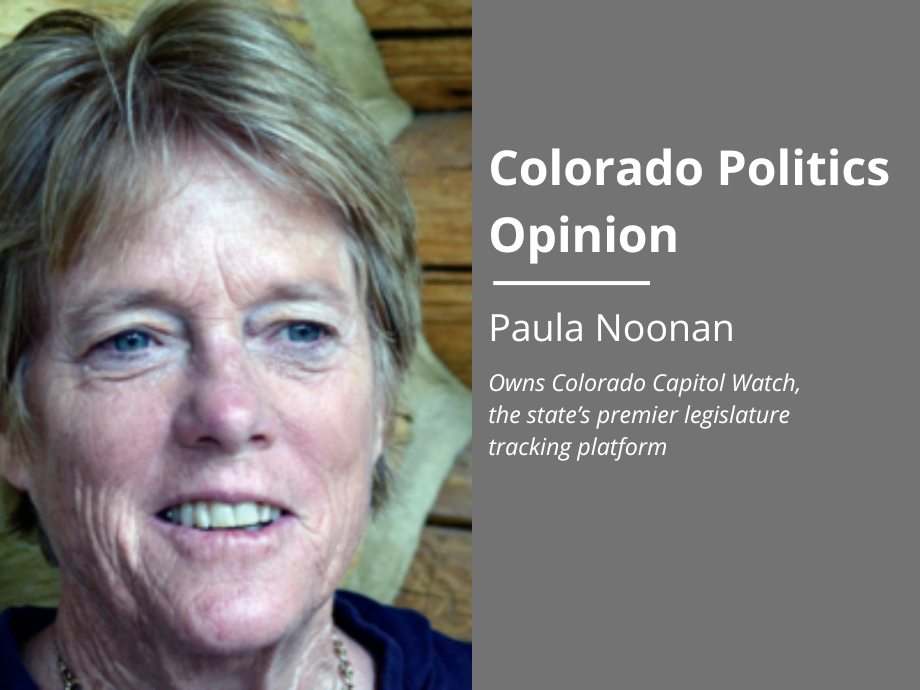
By Paula Noonan
Given a majority of Colorado’s voters are out of sync with the national consensus, we’re on our own to achieve “a better Colorado” as the current governor desires. Gov. Jared Polis has one more regular General Assembly to make an impact. Then, in January 2027, he’ll turn his office over to whom?
Four issues should preoccupy state candidates for elected office. These questions take up the most money in the state’s budget and will have the largest effect on the state’s reputation for innovation and prosperity.
Issue No. 1: Public education from preschool through higher education
As the current governor likes to promote, education is the single-most important driver for the long-term prosperity of the state and well-being of residents. One wonders, then, why this issue has been on the back-funding-burner for so long.
Public school districts are losing funding as they lose students. Too many districts are having a hard time hiring teachers due to low salaries for new teachers and burnout for experienced educators. Critics complain nonstop student academic achievement is inadequate. That assertion fails low-income students. Too many low-income children have gotten short shrift due to the state’s all-talk, no-walk funding priorities.
Some contend charter schools are the best choice for children. That claim takes us into a complicated web of statistics. Charters serving mostly-white, middle-class kids do okay academically as do traditional public schools with that population. Low-income children in charter and traditional schools don’t do so well.
The state’s unrelenting and overdone academic testing program proves year after year what we already know: low-income children need a lot more help than they’re currently receiving. What are candidates’ ideas to address these problems?
Higher education is too expensive for too many students. In-state students can run up an annual bill of $35,000 per year for the University of Colorado, between tuition, etc., and the high cost of living in Boulder. Some financial advantages of attending community college for two years can cut the cost, but parents and students are still looking at an undergraduate education reaching $100,000. Now with the Trump administration grabbing money back, the pain-point in higher ed is reaching a 10 on the Owie Scale. Band-aids won’t help here. Ideas, anyone?
Issue No. 2: Cost of living
Health-care costs from birth to death are rising. Pregnancy, depending on insurance, complications and delivery method, run on average from $5,500 to $15,000 for vaginal delivery and $11,000 to $38,000 for C-sections.
Hospice care for the last month of life can run up to $17,000. Assisted living goes for $5,000 per month. Add another $1,150 for memory-care patients. The average cost for hospitalization in the last month of life can add up to $32,000.
Currently, the full cost of health insurance for a family of four on Colorado Connect is about $1,600. Many receive subsidies depending on their income. Even so, that’s a lot out the door every month. Add car loan and college loan payments and buying a $550,000 home, roughly the average cost of a home in the state, and it’s easy to see why young adults may not want children anymore.
On the health care side, Colorado’s Democratic legislature has passed bills to manage costs for health care and housing. More than 1.2 million people are served by Medicaid and 78,000 children receive CHP+. Roughly 265,000 are uninsured. That number will go up with federal cuts to Medicaid spending. On the housing side, 52,000 applications for housing assistance occurred in 2024.
If all of this seems like Rube Goldberg challenges, you’re right. Only these are worse than a Goldberg machine. The cartoonist cooked up complicated machinery to fix simple problems. We’ve cooked up extra complicated “solutions” for extra complicated problems.
It took three General Assemblies to finally pass a bill that allows Colorado’s School of Public Health to study a single-payer, universal health care system. Supporters will dig up at least $250,000 from private donors to pay for the study. The concept is individuals pay their premiums into a non-profit, semi-government entity rather than to insurance companies for health care delivered by private or public providers. If the study shows sufficient savings, supporters will put up an initiative to implement the concept. What do candidates for governor think of this idea?
Issue No. 3: Climate change
The federal government now offers no help on climate change. As techies like to claim, we’ll have to innovate ourselves out of the risk of wild weather and drought climate. Wildfires consuming thousands of acres of land on the western slope right now remind us of the ever-more-threatening disasters coming our way. Fossil-fuel extraction adds to the heat, smoke and ozone pollution. Solutions anyone?
Issue No. 4: Money
What daring ideas do prospective candidates for office have to find more money or save money? Will a candidate offer some alternative to TABOR? Our population is aging. We’re not getting cheaper. Nibbling at the edges of problems is done. Our next governor needs to take some big bites to produce big solutions. We need some bold food for thought.
Paula Noonan owns Colorado Capitol Watch, the state’s premier legislature tracking platform.


